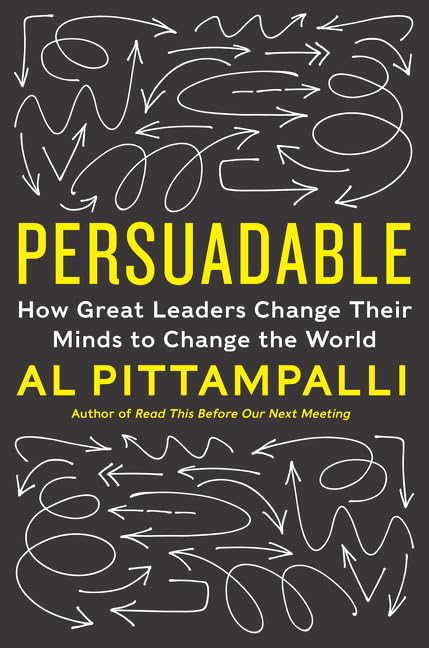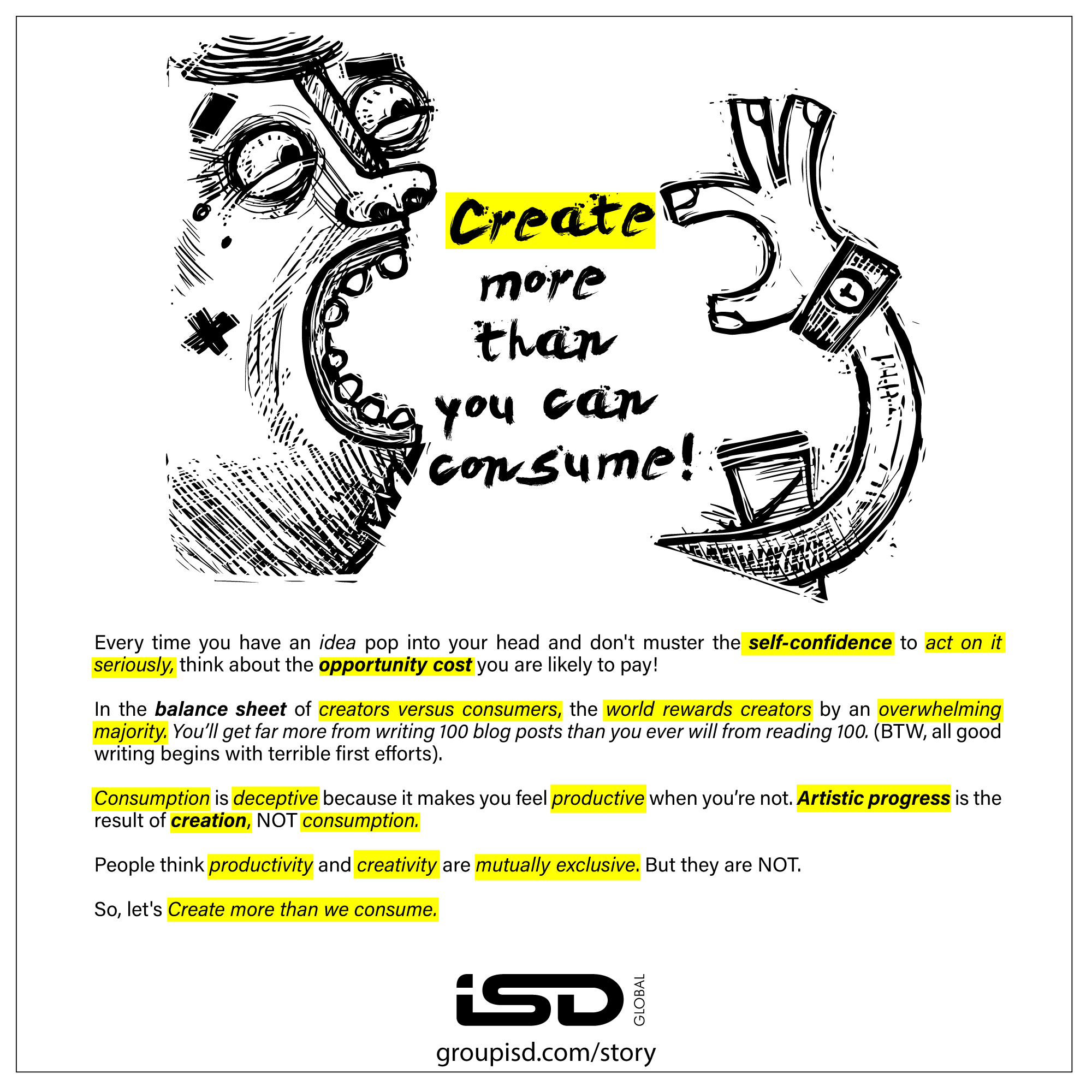I am not sure whether this is common knowledge but the greatest marketing line ever written wasn’t crafted in a corner office by a suited genius. It was born at a cash register by someone making minimum wage. And it changed capitalism forever.
Let’s talk about the line that made McDonald’s more money than their actual burgers. Might be an exaggeration, but you get the drift. How a minimum-wage question became a billion-dollar philosophy.
“Would you like fries with that?” . Six words. Infinite revenue.
But here’s where it gets juicier than their burgers: This wasn’t a sales pitch. It was a presumption wrapped in politeness. A suggestion masquerading as customer service. The brilliant bastardization of hospitality into commerce.
McDonald’s didn’t invent the upsell—they made it inevitable. They turned a transaction into a conversation. A purchase into a performance. And in doing so, they created what we can call The Folklore of the Obvious Add-On. You came for a burger. You left with fries, a drink, and a masterclass in behavioral economics.
Let us put our thinking cap on. The question assumes three things:
- You(the customer) came here incomplete
- They know what you need better than you do
- Saying no requires effort
It’s not manipulation—it’s manufactured momentum. The fries were always the plan. The question just made you feel like it was your idea.
We can refer it as the Invisible Nudge. The real genius lies in making the upsell feel like common sense.
When someone asks “Would you like fries with that?“, they’re not selling fries. They’re selling completeness. The psychological equivalent of “You wouldn’t leave the house with one sock, would you?”
Some questions change destinies. Some, just cholesterol levels. But when McDonald’s asked: ‘Would you like fries with that?’—they didn’t just upsell snacks, they upcycled the art of suggestion into folklore. Brand magic, on a platter.
This is how things get contagious.
Amazon took the McDonald’s playbook and gave it algorithmic steroids. Remember ‘ frequently bought together ‘ ? They don’t ask if you want something—they show you what people like you have already bought. It’s peer pressure by data. The upsell doesn’t come from a teenager at a register; it comes from the collective behavior of millions. Tribal Bias or Collective Wisdom– call it whatever you might want to.
Result? The “bought together” module alone generates billions. Not because people need those items, but because the bundling creates a narrative: This is what smart shoppers do. People like us do things like this. That is culture defined simplistically.
Starbucks weaponized size psychology. A “tall” is actually small. A “grande” is medium. And a “venti” sounds Italian and sophisticated, not just “more coffee.” The upsell is hidden in the nomenclature. You’re not buying more—you’re upgrading your experience.
Would you like to make that a venti? The barista’s question isn’t about volume. It’s about identity. Are you a tall person or a venti person?
The Spotify– ‘ Upgrade To Premium ‘ story is no different.
Every. Single. Time. You. Open. The. App.
Spotify doesn’t wait for you to get annoyed by ads. They remind you before the pain hits. It’s pre-emptive upselling. The message? “You know this free thing is temporary, right? Real users pay.”
And when you finally cave? It feels like your decision to evolve.
Haldiram’s Sauf at the Counter nudge. You pay for your bhujia. The cashier slides a tiny packet of saunf and mishri toward you. Free. Refreshing. Memorable.
But here’s the trick—you’re standing there, saunf in mouth, staring at shelves of namkeen you didn’t plan to buy. That free gesture? It’s dwell time strategy. The longer you linger, the higher the chance you grab that ₹50 packet of moong dal.
Haldiram’s turned Indian hospitality into a holding pattern for impulse buys.
This is a clever strategy used by Wrigley’s | Durex | Marlboro | Kit Kat | Axe etc at most supermarket check out counters. Visible + Accessible = Impulse Buy.
The story is similar with Swiggy’s nudge that whispers ‘ Top Rated Items From This Restaurant ‘-
Mid-checkout, Swiggy whispers: “People loved the chicken tikka from here.”
You came for biryani. You’re leaving with tikka, naan, and gulab jamun. The upsell isn’t pushy—it’s curated. You’re not spending more; you’re avoiding regret.
If you have ever gone jewelry shopping at Tanishq, you would have heard this ‘ Would You Like to See the Matching Earrings? ‘.
Indian jewellery retail is the Olympics of upselling. You walk in for a necklace, you walk out with The Full Set. But Tanishq doesn’t pressure—they complete your vision. And you fall neck, line and sinker for it.
“These earrings were designed to complement this necklace.”
What you heard or felt: Without the earrings, you’re only half-dressed. And nobody wants to be half-dressed at a wedding.
That brings me to another masterpiece in nudge marketing a k a IKEA: The Showroom That Never Ends.
IKEA doesn’t upsell you verbally. They do it architecturally. The store layout is a maze designed to expose you to everything. You came for a lamp. You’re leaving with a lamp, a rug, throw pillows, and those weird Swedish meatballs.
The genius? Every room is staged like a complete life. Walking through IKEA is like scrolling through someone else’s Pinterest board. You don’t want items—you want that feeling.
Automotive Marketing: Re-Invented and How! That is Tesla and its ‘ Upgrade Your Auto-Pilot ‘.
Tesla sells you a $60,000 car. Then, after you drive it, they offer software upgrades. Not new cars—better versions of the car you already own.
It’s the ultimate upsell: No inventory. No manufacturing. Just code. And suddenly, your car isn’t depreciating—it’s evolving.
(Up)selling them brick by brick. Lego.
Lego doesn’t sell toys. They sell ecosystems. Buy one Star Wars set, and suddenly you need the matching ships, figures, and display cases. Each set whispers: You’re collecting a universe, not a product.
Lego turned the upsell into a quest for completeness.
So are you Up for it? Here are some takeaways( you can dine in as well!):
Don’t pitch—complete. Position your add-on as the thing that makes the original purchase whole. “You bought the course? Here’s the workbook that makes it practical.”- In other words, make the upsell feel like common sense.
Use data, design, and defaults to your advantage. Amazon doesn’t ask—they show. Let behavior patterns do your selling. Lesson: Automate The Nudge.
Design your core offer so the add-on feels obvious. Apple doesn’t sell you an iPhone and leave—they sell you AirPods, cases, AppleCare. Each is positioned as protection or enhancement, not expense. Translates to: Create The Incomplete Purchase.
Starbucks doesn’t sell sizes—they sell personas. What does your premium tier say about your customer? What does it imply? Turn Upsells Into Identity Markers.
Haldiram’s gives you saunf. Hotels offer welcome drinks. The generosity disarms you. Then the upsell doesn’t feel like selling—it feels like continuing the care. What do we do:- Use Hospitality as a Trojan Horse.
IKEA shows you the complete room. You’re not buying a chair—you’re buying that life. Show the ecosystem, not the item. Learning: Stage the Full Experience.
Tesla’s genius: The upsell improves what you already have. Frame your offers as enhancements to existing investments. So, what is the ride all about? : Offer Upgrades, Not Just Add-Ons.
Since we are on fries, in closing, here’s some food for thought:
Walk into a McDonald’s this week. Order a burger. When they ask “Would you like fries with that?”, pause. Feel the pull. Notice how the question assumes your yes.
Then go back to your business and ask: Where’s your fries question?
What’s the obvious add-on you’re not offering because you’re too polite, too shy, or too afraid of seeming pushy?
McDonald’s built an empire by assuming you wanted more. Maybe it’s time you did too.
Because the real folklore isn’t in the fries. It’s in the ask.




